VERO In The Wild: Summer in Iceland

As fall sets in here in the Pacific Northwest, we like to reminisce about the summers adventures and start planning for winter retreats.
Our friends, whom we lovingly call "J" and "P", travelled across Iceland this summer, taking in the dramatic sites, food, and hot springs too of course.
Even though they were in Iceland in July, the weather there likes to throw some chilly curve balls.
This was their second time to the mighty land of fire and ice, so we knew they'd have their trip itinerary and gear dialed in.
Check out how their grand adventure went, plus learn about some serious do's and don'ts to ensure safe travel and ultimate comforts.
Be sure to follow our friends on Instagram @pnw.trailhead
What made you decide on traveling to Iceland this summer?
Five years ago, we eloped to Iceland and had the best time but were only able to really explore 2-3 hours outside of Reykjavík, the capital.
J applied to present at a conference in Reykjavík and had her work accepted so we were able to go for work (but really as an excuse to celebrate our five year anniversary).

With so many people traveling to Iceland each year, (close to 700,000 in 2021 alone) it's vital to have a lay of the land and a list of must-sees for your trip.
But on an island full of natural beauty and viking relics, it may be hard to narrow it down into the short amount of days you have there.
What were the top places you had to see while there?
Iceland has incredible landscapes – black and golden sand beaches, lava fields, glaciers, and tens of thousands of waterfalls.
There are also volcanic craters you can hike up, some of which have filled with beautiful blue water.
We also wanted to see more wildlife this time and other hidden gems like turf houses, old churches, and the natural hot springs.

In a place that can get to temperatures as low as 44 degrees fahrenheit in the summer, with sun shining 22 hours a day, camping may not be your cup of tea. But there are some serious perks for compromising your thousand thread count sheets for a goose feather sleeping bag.
I see that you did some car camping. What was that experience like?
If you’re traveling in the summer, car camping is one of the best ways to see Iceland.
From June to August, there is 20-22 hours of daylight and it never really gets dark at “night.”
We got a Jeep with a rooftop tent, which made it really easy to have long days exploring and then show up at a campsite for a couple hours of sleep.
Car camping gave us the flexibility to see as much of the island as we could in the days we were there.
If we could do it again, we would definitely spend more time camping and try to do the whole island.

What was the best meal you had?
Iceland is kind of famous for its hotdogs (Pylsur), which are topped with crispy and raw onions and a ton of sauce.
That’s one thing to definitely try if you aren’t vegan or vegetarian.
You can get these bad boys at any gas station and they are absolutely delicious.
Beyond gas station hotdogs, we had really good coconut curry soup with bread at Café Vatnajökull near Skaftafell and amazing lobster soup at a small hotel restaurant in Höfn.
Both of these places we kind of stumbled upon and ended up being really good.
 There are a ton of hot springs there, which is your favorite?
There are a ton of hot springs there, which is your favorite?
Since we were looking to go further out, we decided not to go to any of the more popular hot springs or geothermal pools you have to pay for.
Since we had the car camper, we went to several remote ones, but our favorite was actually one we didn’t plan to see called Reykjafjarðarlaug.
It was probably 4 or 5am when we were making our way over to see Dynjandi, a massive bridal veil waterfall in Arnarfjörður of the Westfjords, and randomly saw it off the road.
Because it was so early, no one was there so we changed into our swimsuits and enjoyed watching the birds and looking out at the mountains and sea.
It was the perfect temperature and one of the best experiences we had on the trip.
 What was the most challenging part of your trip?
What was the most challenging part of your trip?
The most challenging part was trying to see everything in such a short amount of time. We had a lot of driving to do between sites since we wanted to cover most of the island, but were only able to do about 75% of it.
If you’re driving the Ring Road, it’s one lane most of the time and there are bicyclists, slower cars, and (so many) sheep to look out for.
Weather is also really unpredictable, even in the summer, so heavy rains, wind, and low visibility slowed us down at times too, especially in the Westfjords.
At one point, we were trying to drive to our campsite down a steep gravel road with 5 feet of visibility in a heavy fog with wind gusting at 15-20 mph.
Pro tip- if you're a night owl, nap during peak tourism hours and then go out after 9pm to explore the main destinations.
You'll beat the crowds and have a better chance for perfect golden hour photos.
 What was your favorite part of your trip?
What was your favorite part of your trip?
It's hard to narrow down our favorite part.
A big highlight was coming back to Diamond Beach after a quick stop the night before.
At Diamond Beach, massive icebergs from the Jökulsárlón glacier lagoon travel down the river and are pushed out to the ocean only to wash back onto the shores of a black sand beach.
When we first went, there were small chunks of ice that hadn’t melted from that day, but that was about it. When we came back, it was really different – this time, icebergs that were 8-10 feet high covered the beach, many of which were blue from the reflection of the sun.
It felt out of this world.
Not everyone is as seasoned a traveller as our friends. Most people don't even know that Iceland receives up to 22 hours of daylight in the summer season, May through August.
Its important to remember to pack for both comfort, and the unexpected, plus whatever gets you that perfect picture to commemorate your trip.
 You travel with a ton of gear. What was in the top ten must haves for a trip like this?
You travel with a ton of gear. What was in the top ten must haves for a trip like this?
Even in the summer, the temperature is about 50-60 Fahrenheit (10-15 Celsius) so layers are a must.
The weather is so variable, and depending on where you’re going, it might be cold and wet.
Packing base layers, winter jackets, waterproof gear, gloves, and your hiking boots will keep you in a good place no matter where you end up going.
Other must haves – ways to charge your phones or cameras, wifi and GPS with your car rental, and snacks since grocery stores close early and many gas stations are self service only.

What's better than feeling welcomed into a city by its community? You can also learn so much through a polite conversation with the locals about the best restaurants, view points, and where they go to beat the crowds.
What are some helpful tips you would give a first time visitor?
If you’re going for the first time, escape Reykjavík as much as you can to explore the smaller towns and spend time talking with the locals.
Icelandic people are very friendly and it can help to learn a few basics to get the conversation going. For example, hello is halló [pronounced “hall-low”], good morning is góðan daginn [pronounced “go-than dyin” or just “dyin”], and thank you is Takk [pronounced “talk” with a hard k].
Talking with the locals can also help you better understand the cultural norms. Icelandic can be a hard language as an English speaker, but we think it’s important to try and learn at least the basics.
It will also help you pronounce and remember the places you’re going. Here’s a couple things that helped us: foss translates to waterfall, jökull is glacier, fell is hill or mountain, and hellir is cave.

Every beautiful place has something that sets it apart from the rest.
In a country with natural topography as dynamic as Iceland, its easy to feel gobsmacked everywhere you go. There seems to be no end to the beauty of this country.
What is the most unique part of this country?
Hands down, the most unique part of Iceland is the landscape.
It’s not like anything you will see in the US in that you can access active volcanoes, lava fields, glacier lagoons, geothermal pools and hot springs, and beaches with black and gold sand.
As you make your way around the island, a lot of these big sites are just a 30-60 minute drive from each other. We think Icelandic people might be a bit spoiled for this reason.

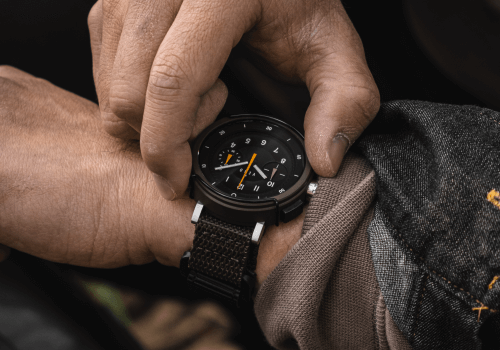
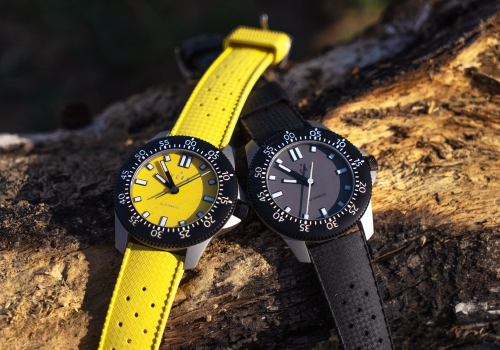
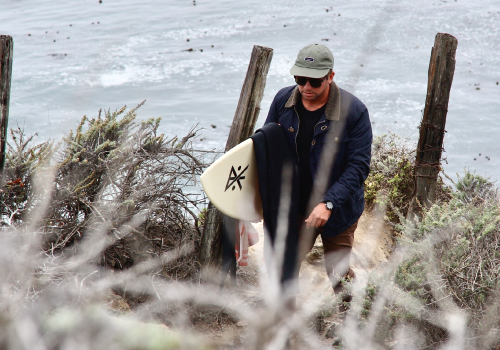
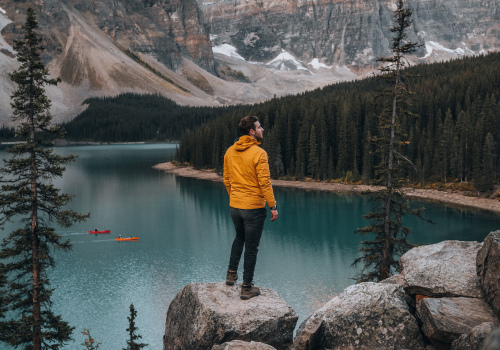
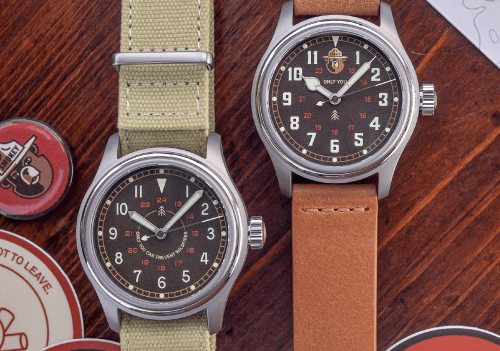
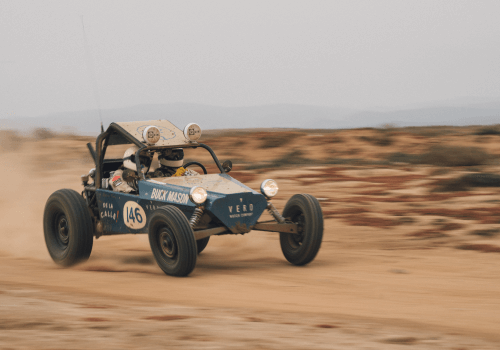


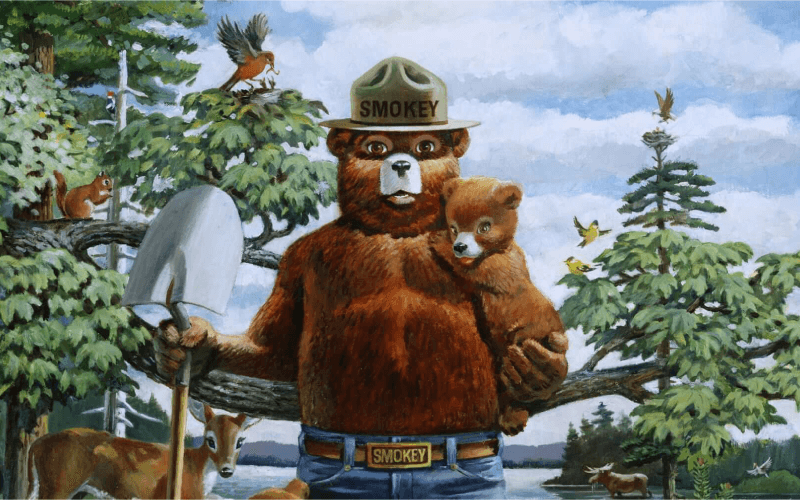
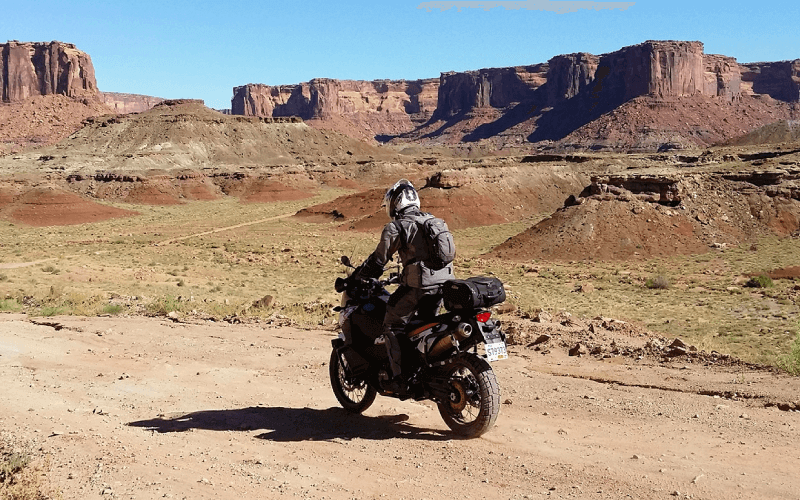
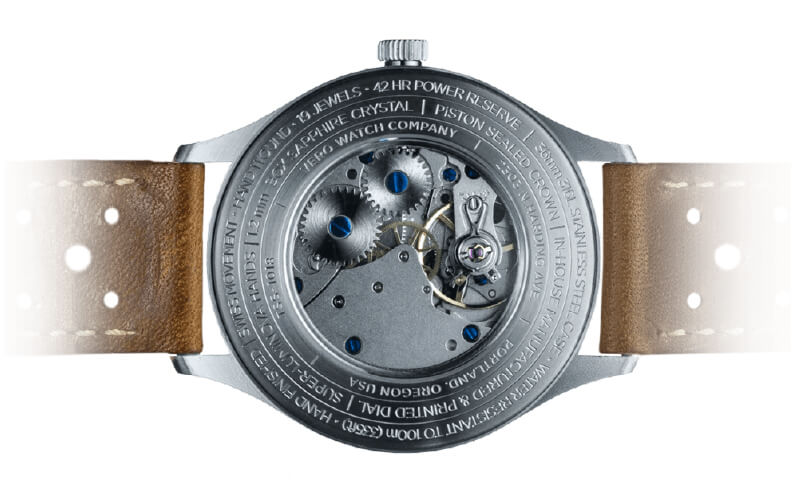
Leave a comment